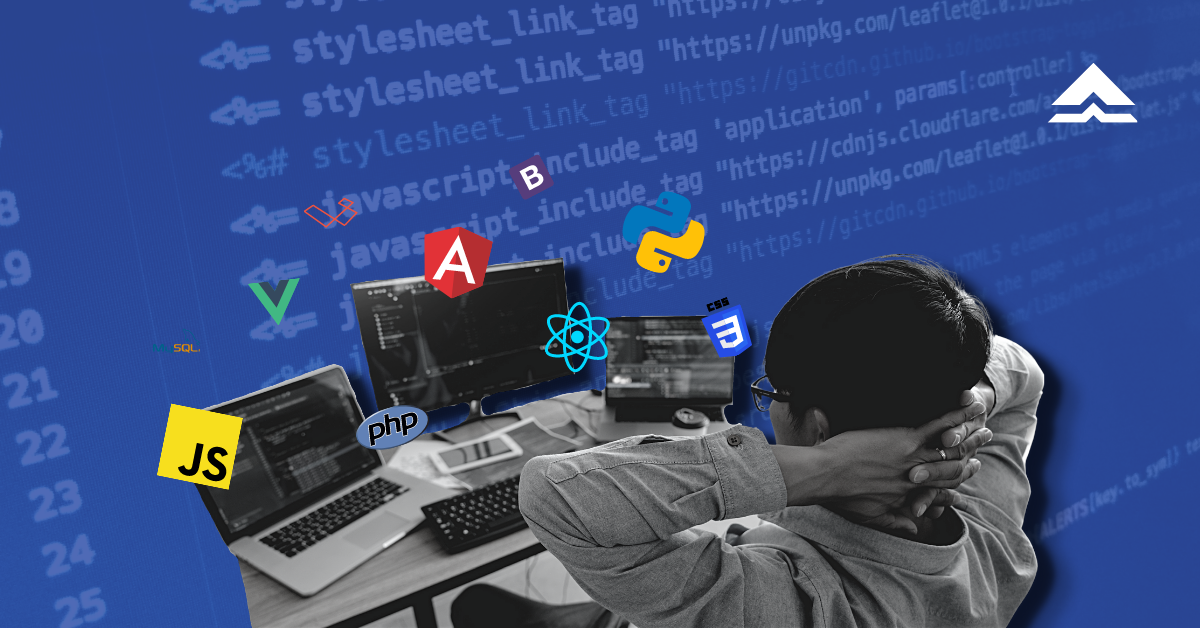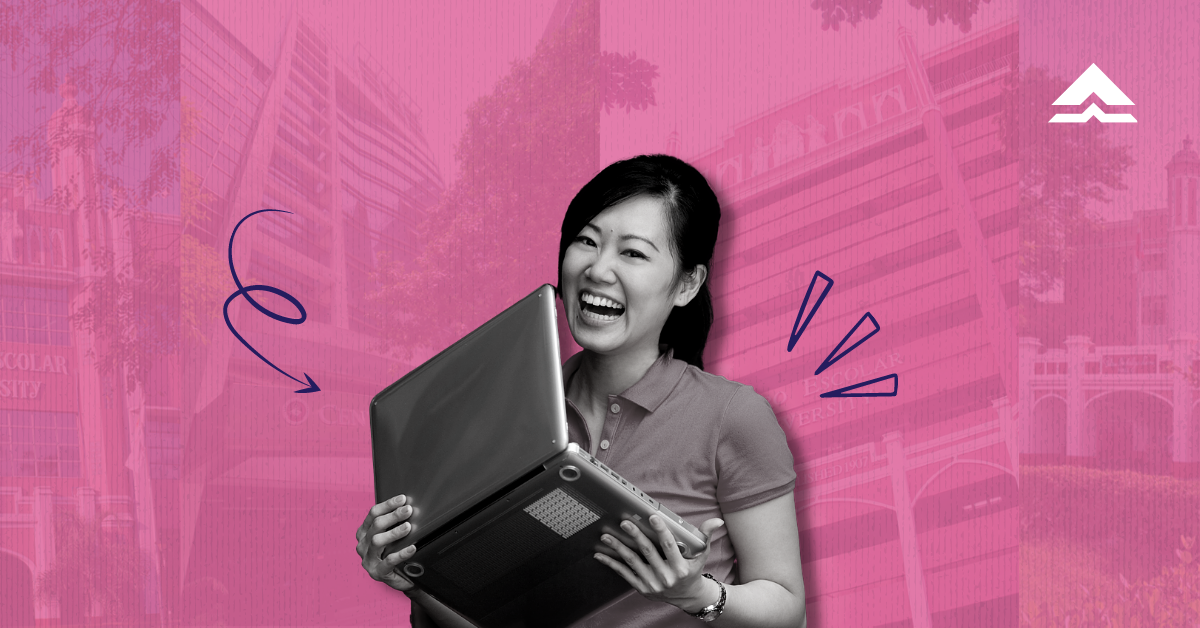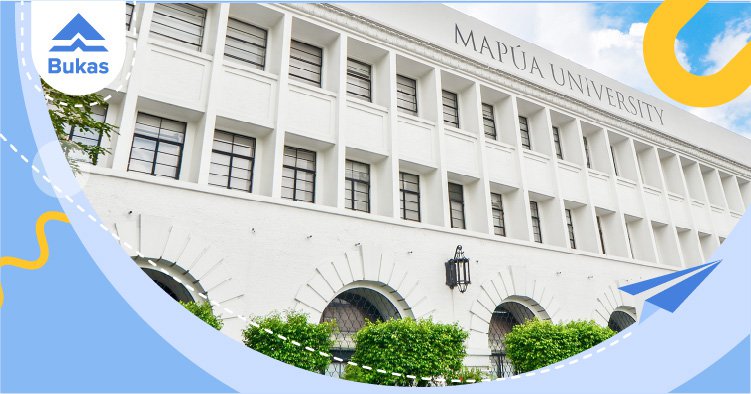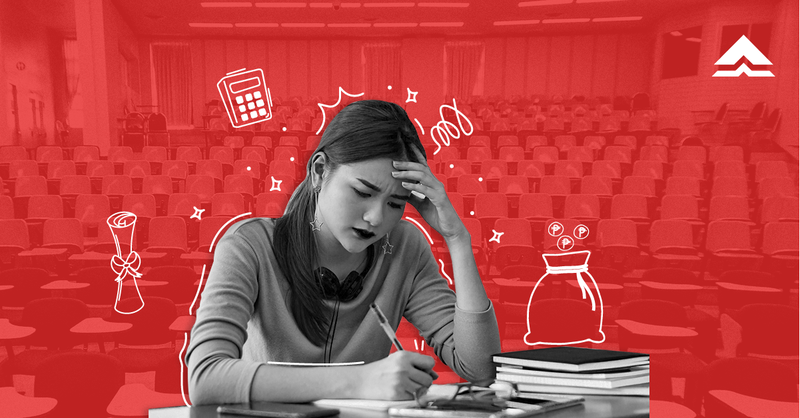
No one can deny the value of a good education. Someone with a school diploma can use it to get their foot in the door and conquer the professional world. Sabi nga sa academic slogans, “Education holds the key to a better life and a brighter future.”
However, many Filipinos find the cost of education in the Philippines to be expensive. Every enrollment period maraming magulang ang worried kung saan kukuha ng pambayad sa school expenses. Bukod kasi sa tuition, kailangan din ng budget for books, uniforms, daily allowance, special projects and more. It’s a super long list of expenses and making ends meet with a limited budget can be a major struggle.
To give you a better perspective on the increasing cost of education in the Philippines, here’s a quick rundown of the reasons that contribute to it. Hopefully, this can guide your family on how to prepare financially for another school year.
A more personal learning experience in private schools
Even though private schools have higher tuition, marami pa rin ang gustong mag-aral o magpaaral dito. It’s not necessarily because private schools have a better quality of education than public schools but because the teacher-to-student ratio is significantly lower—approximately 1 teacher to 40 students or even fewer. This scenario is ideal for several reasons.
For one, mas mababa ang number of students that teachers need to monitor. Of course, pabor ang parents dito dahil closely supervised ng teachers ang mga anak nila. If students need help, teachers can address their questions first before moving to the next lesson, topic, or concept. It ensures that no student is left behind in knowledge and skills development.
It’s also easier for teachers to adjust to individual learning styles and challenges, making the experience more personal, meaningful, and relevant for students. While this is not impossible in public schools, the large population of students in a single class makes it extremely challenging.
Tuition hikes due to rising inflation
The rising cost of education in the Philippines is also a matter of cause and effect. As the country’s inflation rate increases, many services, including education, take a blow through tuition hikes.
Schools use these funds to build new classrooms and relevant facilities, hire teachers and administrative personnel, purchase equipment, and maintain the campus—all of these require money that, unfortunately, is passed on to students and parents.
Depende sa location ng school, iba-iba rin ang level ng tuition increases. Kung nasa Metro Manila ang school, chances are, mas mataas ang magiging tuition mo compared sa schools sa ibang region o province. Thankfully, the Commission on Higher Education (CHED) reviews requests for tuition hikes and implements helpful safety nets before approving them.
Although tuition hikes are necessary to support teachers and enhance the quality of education in the country, CHED encourages schools and universities to allocate funds properly and be reasonable with their fees para makapag-aral ang mas maraming estudyante.
Lower education spending compared to other countries
The education sector is not exempted from budget cuts, at meron itong malaking impact sa pag aaral mo.
For state colleges and universities, a lower budget means transferring the burden of cost to students like you. This is done to compensate for the lack of funds needed to pay teachers’ salaries and school maintenance. Not having adequate funds for education can also lead to students’ less-than-ideal academic performance.
The 2018 Programme for International Student Assessment (PISA), spearheaded by the Organisation for Economic Co-operation and Development (OECD), shows Filipino students ranked at the bottom of global standing in terms of reading comprehension. Second to the last din ang Pinoy students sa math at science skills sa almost 80 countries that participated in the study.
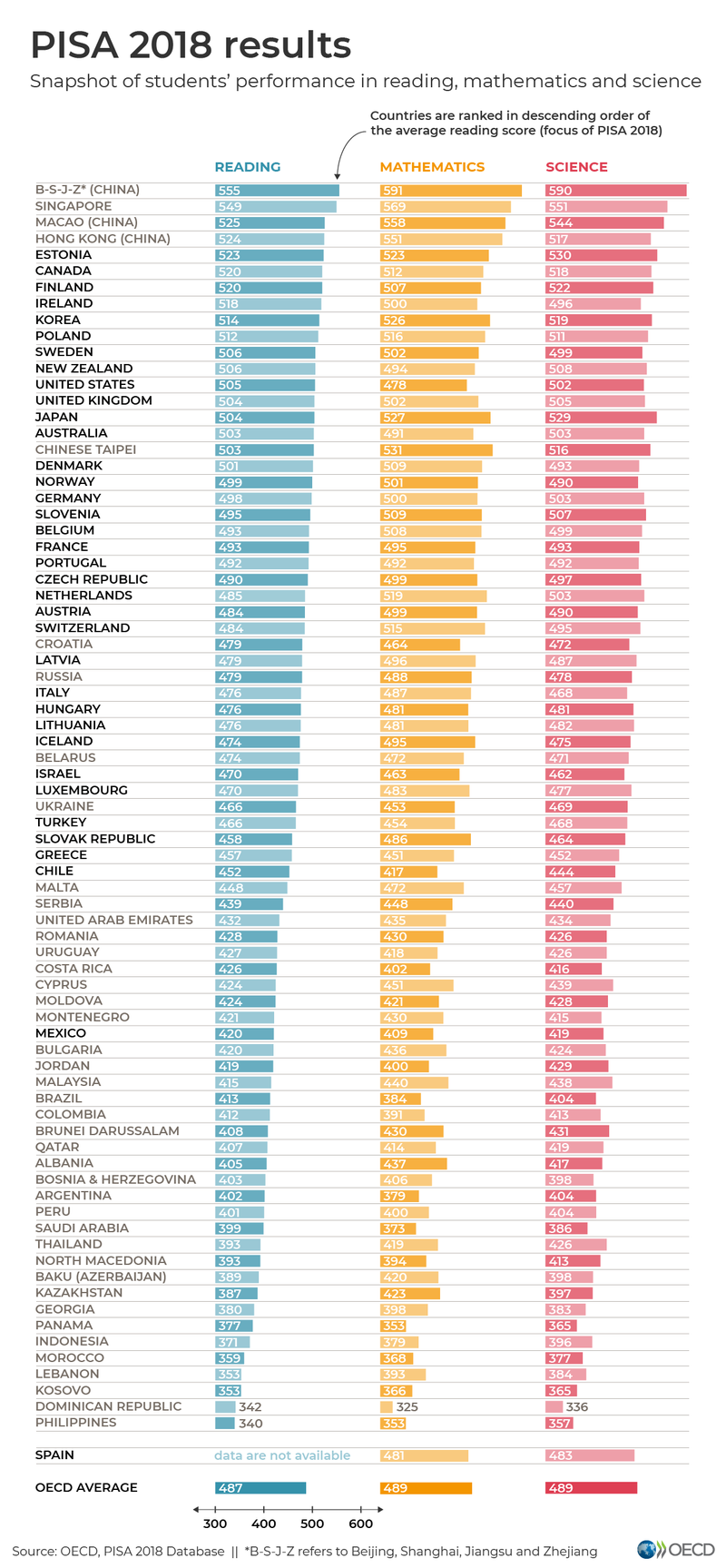
Source: OECD
To be competitive in the global scene, public and private educational systems in the Philippines enforce a wide range of measures, including higher tuition to afford skilled teachers, state-of-the-art equipment and learning tools, and a better overall learning environment for students. All things considered, these contribute to the steady increase of school fees over the years.
Online learning due to the COVID-19 pandemic
The latest challenge to the educational landscape in the Philippines is the COVID-19 pandemic. Just like in other countries, Filipino teachers and students found themselves shifting to online learning, where classes can be held in the safety of one’s home.
However, with almost no resources or system in place to transition to the “new normal,” schools acquired additional expenses like training teachers and providing them with laptops and internet allowance.
The same goes for the students. All of a sudden, kailangang bumili ng mga magulang ng computer, printer, tablet, headset, internet booster, at iba pang tools para sa online classes—dagdag gastos kahit hindi naman nadadagdagan ang source of income ng pamilya.
To help alleviate financial difficulties amidst the pandemic, CHED is undertaking efforts to keep enrollment prices the same or even lower.
Despite these obstacles in the current state of Philippine education, don’t lose hope! High tuition and school expenses don’t have to stop you from pursuing your studies and reaching for your dreams.
This is where education financing platforms like Bukas come in. With a more flexible and affordable student loans, meron ka nang options na pwedeng pagpilian para ipagpagpatuloy ang pag-aaral mo kahit sa gitna ng pandemya. Sama sama tayo patungo sa magandang kinabukasan na naghihintay para sa'yo. Tuloy ang pangarap. May Bukas!
Learn more about Bukas and how we make education affordable for thousands of Filipino students like you. Apply for a Bukas student loan in your upcoming enrollment, and join our growing community for more tips and advice about all things student life. A brighter future awaits. Sa'yo ang Bukas!




